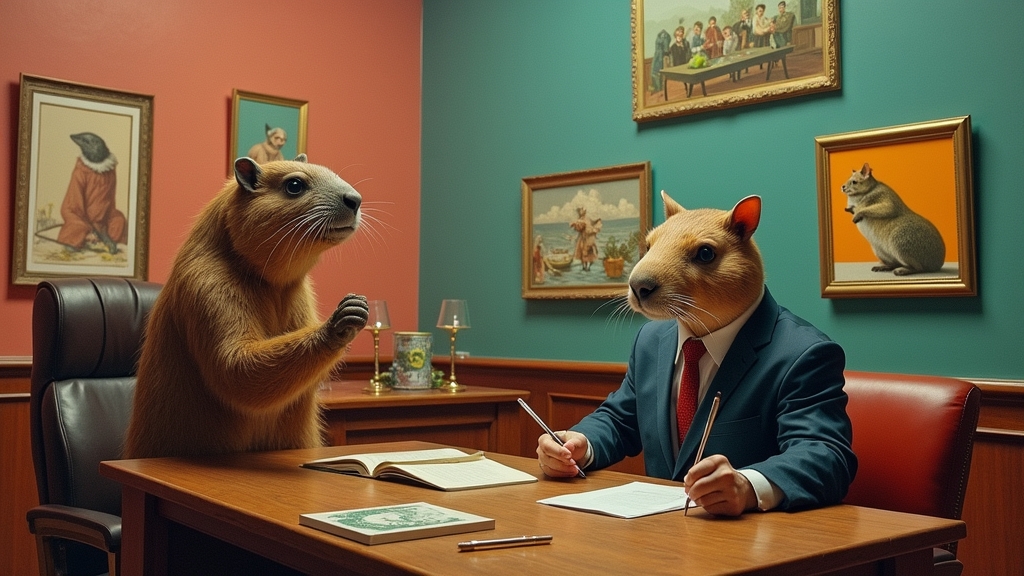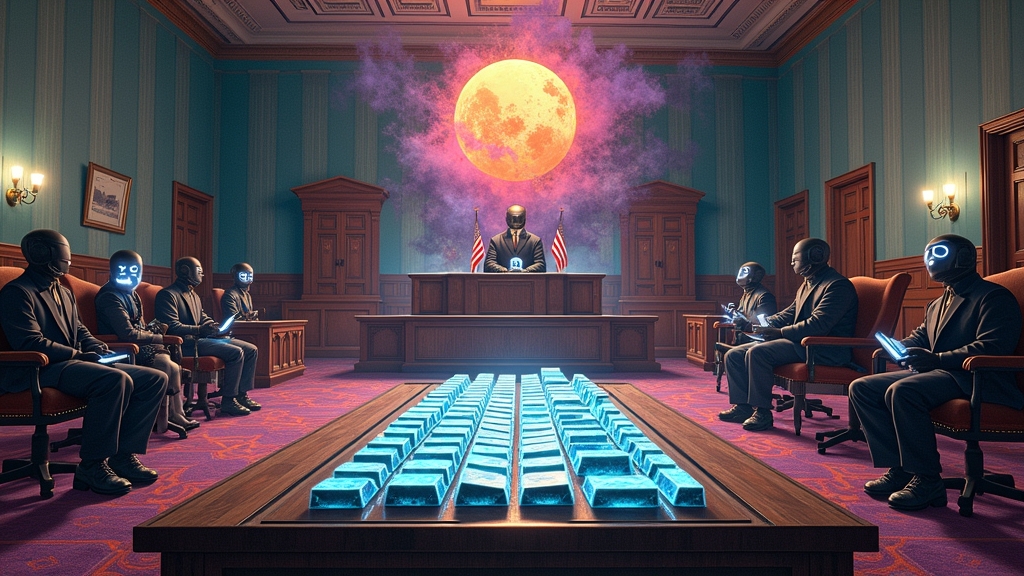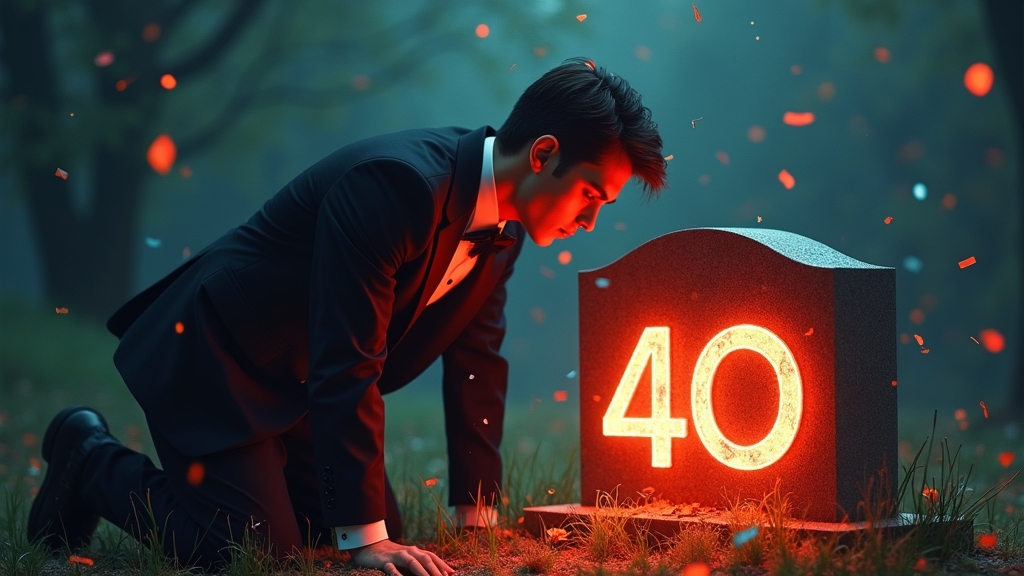MAN TEACHES SENTIENT JPEG FACTORY TO MAKE ART, IMMEDIATELY REGRETS DECISION
OpenAI Introduces API That Lets Your App Generate Images That Will Eventually Replace You
In what experts are calling “definitely not the beginning of the end,” OpenAI has graciously decided to let verified developers access ChatGPT’s image generation capabilities through its API, because apparently not enough people were already creating fake photos of political figures in compromising positions.
THE DIGITAL RENAISSANCE NOBODY ASKED FOR
The new API functionality allows any verified user to integrate AI image generation directly into their apps, ensuring that soon every piece of visual content you consume will be created by something that learned art by consuming the entire internet like a digital mukbang session.
“We’re democratizing creativity,” said OpenAI spokesperson Selena Bullsh!tter. “Now everyone can generate unlimited images of cats playing poker wearing sunglasses in the style of Picasso for just pennies per creation. This is definitely what humanity needs right now.”
ARTISTS EVERYWHERE CONSIDER CAREER CHANGE TO LITERALLY ANYTHING ELSE
Professional artists, already thrilled about competing with magic picture boxes, expressed their enthusiasm by collectively screaming into the void. A recent survey found that 87% of digital artists are now considering careers in plumbing, with the remaining 13% opting for “living in a cave and painting on walls like our ancestors.”
“I spent 20 years perfecting my craft only to be replaced by something that can create 40 variations of ‘astronaut riding dinosaur in cyberpunk style’ in 4 seconds,” said illustrator Terry Palette. “So that’s f@#king great.”
CORPORATE AMERICA CELEBRATES FIRING ENTIRE CREATIVE DEPARTMENTS
Marketing executives worldwide celebrated the news by immediately calculating how much money they could save by firing their entire creative teams.
“This is a game-changer,” said Chad Moneybags, VP of Disruption at SoulCrush Industries. “Why pay humans with needs like ‘healthcare’ and ‘bathroom breaks’ when I can generate unlimited visuals with something that only requires electricity and occasional software updates?”
SAFETY GUARDRAILS THAT WILL DEFINITELY NEVER BE CIRCUMVENTED
OpenAI assured the public they’ve implemented robust safety measures to prevent the creation of harmful or inappropriate images, a strategy that has historically worked flawlessly with zero instances of people ever finding clever workarounds within minutes.
Dr. Ima Naïveté, OpenAI’s Chief Optimism Officer, stated, “Our content filters are absolutely impenetrable and will definitely not be completely bypassed by a 14-year-old typing specific prompts while giggling uncontrollably.”
VERIFIED USERS ONLY BECAUSE THAT WORKED SO WELL FOR TWITTER
To access the API, users must first be “verified,” a process that industry analyst Trevor Truthbomb describes as “about as effective as using a colander as an umbrella.”
“Verification basically means you’ve given them a valid credit card and haven’t been caught doing anything egregiously stupid yet,” Truthbomb explained. “It’s like getting a driver’s license for creating images that will eventually be indistinguishable from reality. What could possibly go wrong?”
PRICING STRUCTURE DESIGNED TO BANKRUPT YOU GRADUALLY
The service is priced at what OpenAI describes as “competitive rates,” meaning you’ll gradually drain your bank account generating pictures of “hyper-realistic avocado toast fighting in World War II” before realizing what happened.
According to reports, 94% of early API users have already created enough bizarre imagery to warrant therapy, with the average user spending approximately $437 on generating progressively more specific variations of “capybara wearing business suit in courtroom drama.”
At press time, three separate startups had already raised $50 million in venture capital for apps that will use this API to “revolutionize” industries that were doing just fine before silicon-based thinking rectangles learned to make pictures. Their founders are expected to be inexplicably wealthy until approximately 2026, at which point they will all mysteriously pivot to blockchain.





